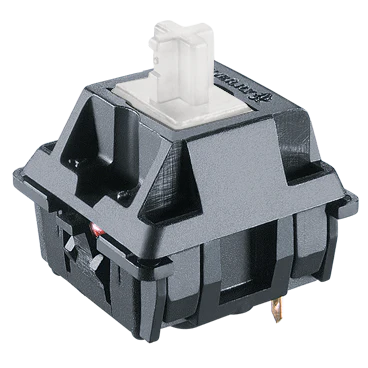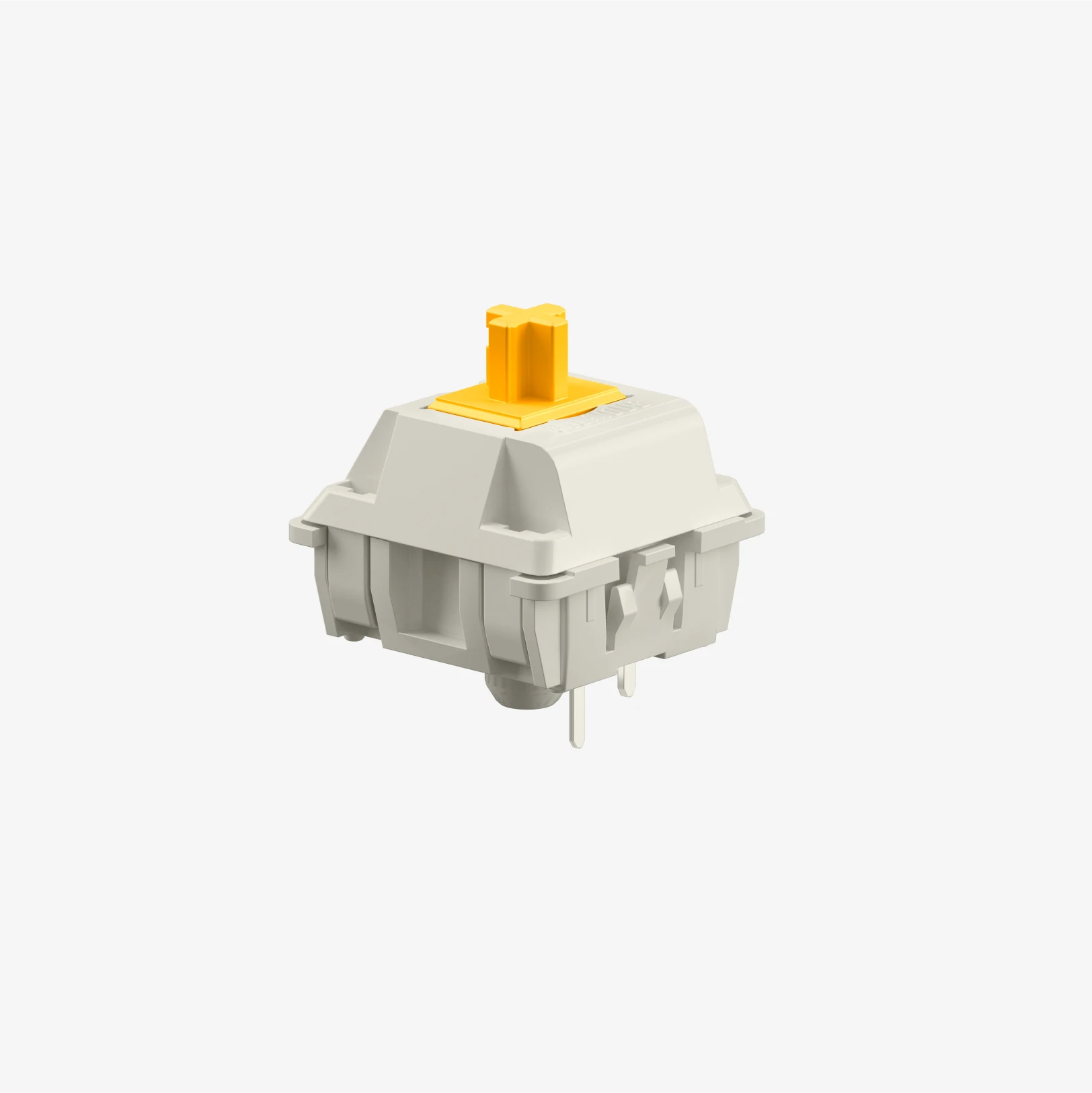If you want a satisfying press without loud clicks, tactile switches are a excellent option.
Recognizing the Conveniences of Tactile Switches Over for Enhanced Customer Experience
Tactile buttons are indispensable to modern customer interfaces, offering physical responses that boosts interaction precision and customer fulfillment. By using a distinct feeling upon activation, responsive switches verify user inputs without the need to draw away aesthetic focus, enhancing job execution and minimizing mistake prices.
Exploring the Mechanics of Tactile Switches Over
To understand how tactile buttons boost individual experience, it is necessary to look into their technicians. Tactile buttons operate with a mechanism that customers can feel and hear when a key is pressed. This is accomplished by incorporating a tiny dome or bump within the switch, which develops resistance at a certain point in the keypress pathway. As soon as this point is exceeded, the resistance provides means, creating an obvious 'click.' This physical sensation is important as it gives prompt physical responses to the customer, validating that the input has actually been made without needing to activate the button completely.
The building of these buttons differs, yet typical products consist of metal for the contacts and rubber or silicone for the tactile dome - tactile switches. These elements are engineered to hold up against numerous cycles, ensuring longevity and constant performance gradually. This integrity makes responsive switches especially favored in environments that demand fast, exact customer input
How Tactile Feedback Enhances Precision and Speed
Numerous individuals locate that tactile feedback from switches significantly enhances both the accuracy and rate of their interactions with tools. The unique physical experience supplied when a responsive switch is activated permits individuals to validate their input without needing to ascertain visually. This verification is vital in environments where focus is divided across multiple jobs, as it makes certain inputs are both deliberate and appropriate.
Furthermore, the immediate feedback from tactile buttons decreases the time taken between activities. Customers do not have to press keys multiple times to make certain activation, bring about quicker action times. This performance is particularly valuable in high-speed inputting circumstances where each millisecond can add to overall productivity.

Additionally, the enhanced sensory experience lowers individual fatigue and boosts involvement, making communications much more user-friendly and much less vulnerable to errors - tactile switches. Therefore, tactile switches not only improve the functionality of a tool but likewise add to an extra rewarding user experience
The Function of Tactile Switches in Gaming Performance

Additionally, responsive switches add to quicker response times. The physical sensation validates the key press without the demand to bottom out the secrets, allowing quicker inputs and a smoother pc gaming experience. This is particularly valuable in games that require quick and recurring keystrokes, where rate is commonly as essential as precision.

Tactile Switches in Professional Atmospheres
Tactile buttons are equally transformative in expert atmospheres, where efficiency and ergonomic style improve efficiency. These switches, generally located in high-precision key-boards, are valued for their receptive feedback. When pressed, they offer a visible bump midway via the keypress, validating activation without the need for full travel. This function allows professionals such as typists, developers, and information entry clerks to increase keying rate and precision, lowering the risk of mistakes and the strain linked with extended keyboard use.
In setups like control spaces or workshops, tactile buttons are incorporated into equipment for their reputable efficiency. They provide drivers the assurance needed in high-stakes click here for info atmospheres, making sure that every command or change is performed as planned. This dependability, coupled with the tactile feedback, assists preserve high degrees of concentration and operational performance, crucial in keeping process and conference specialist standards.
Contrasting Tactile and Non-Tactile User Interfaces
How do responsive individual interfaces compare to their non-tactile counterparts? The main difference hinges on the responses provided to users. Responsive interfaces, such as those with physical switches or textured surface areas, offer immediate physical responses through touch. This sensory reaction can enhance user precision and speed, specifically in settings where aesthetic interest have to be separated. Non-tactile interfaces, like those with flat touchscreens, count on aesthetic or auditory responses, which may not be as immediate or without effort refined. pop over to this site
The choice between responsive and non-tactile user interfaces typically relies on the application's context and user demands. Tactile user interfaces are very useful in situations requiring procedure without straight line of view, such as driving or in certain industrial settings. On the other hand, non-tactile interfaces can be premium in clean or sterile atmospheres where physical switches may nurture contaminants. Each type has its toughness, and the ideal selection boosts user communication, ensuring performance and efficiency in user experience.

Final Thought
In final thought, tactile buttons significantly improve customer experiences by providing essential physical comments. By using a much more user-friendly and rewarding interaction, responsive buttons verify premium to non-tactile user interfaces, making them a recommended option for individuals looking for dependability and performance in their communications with technology.